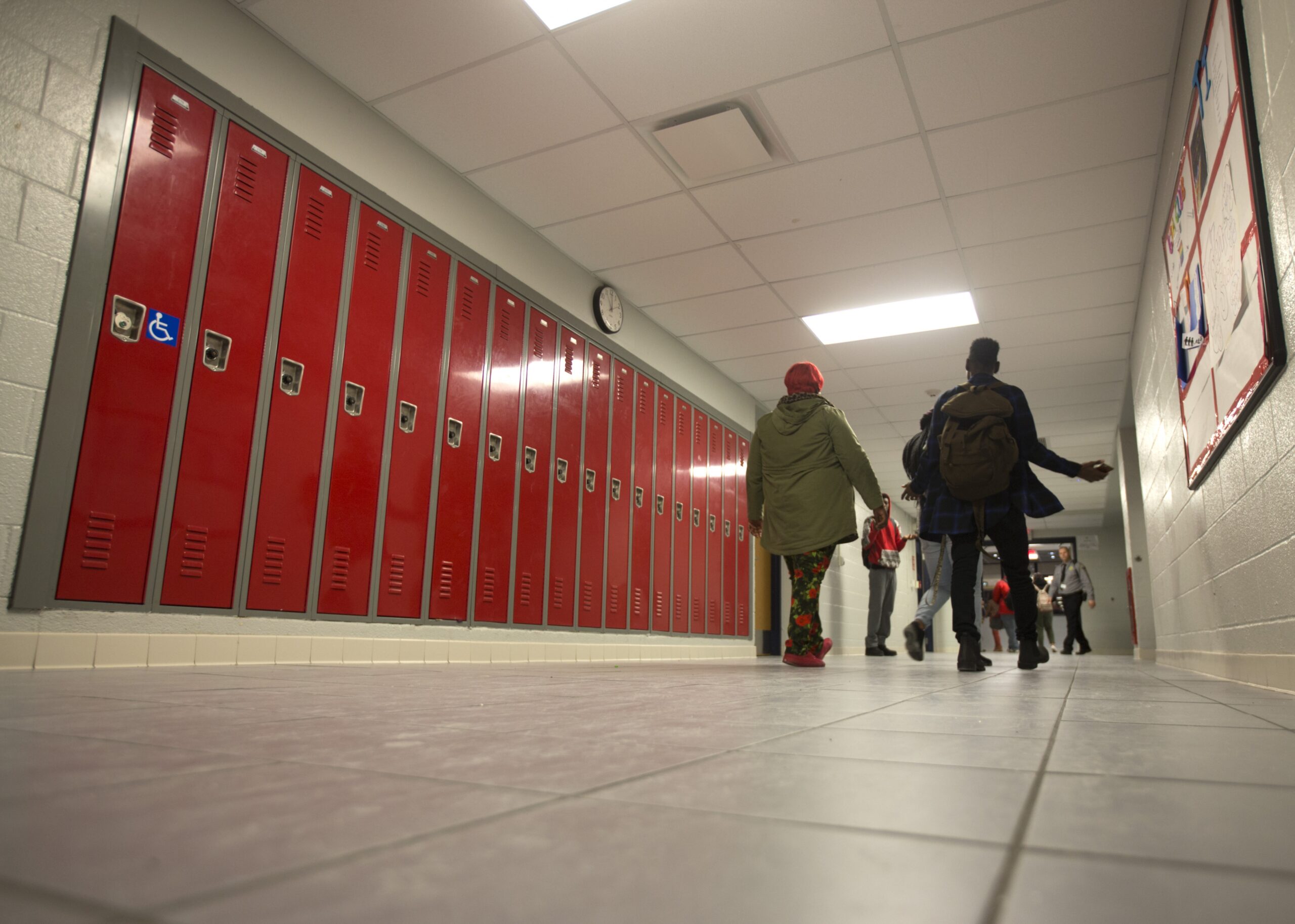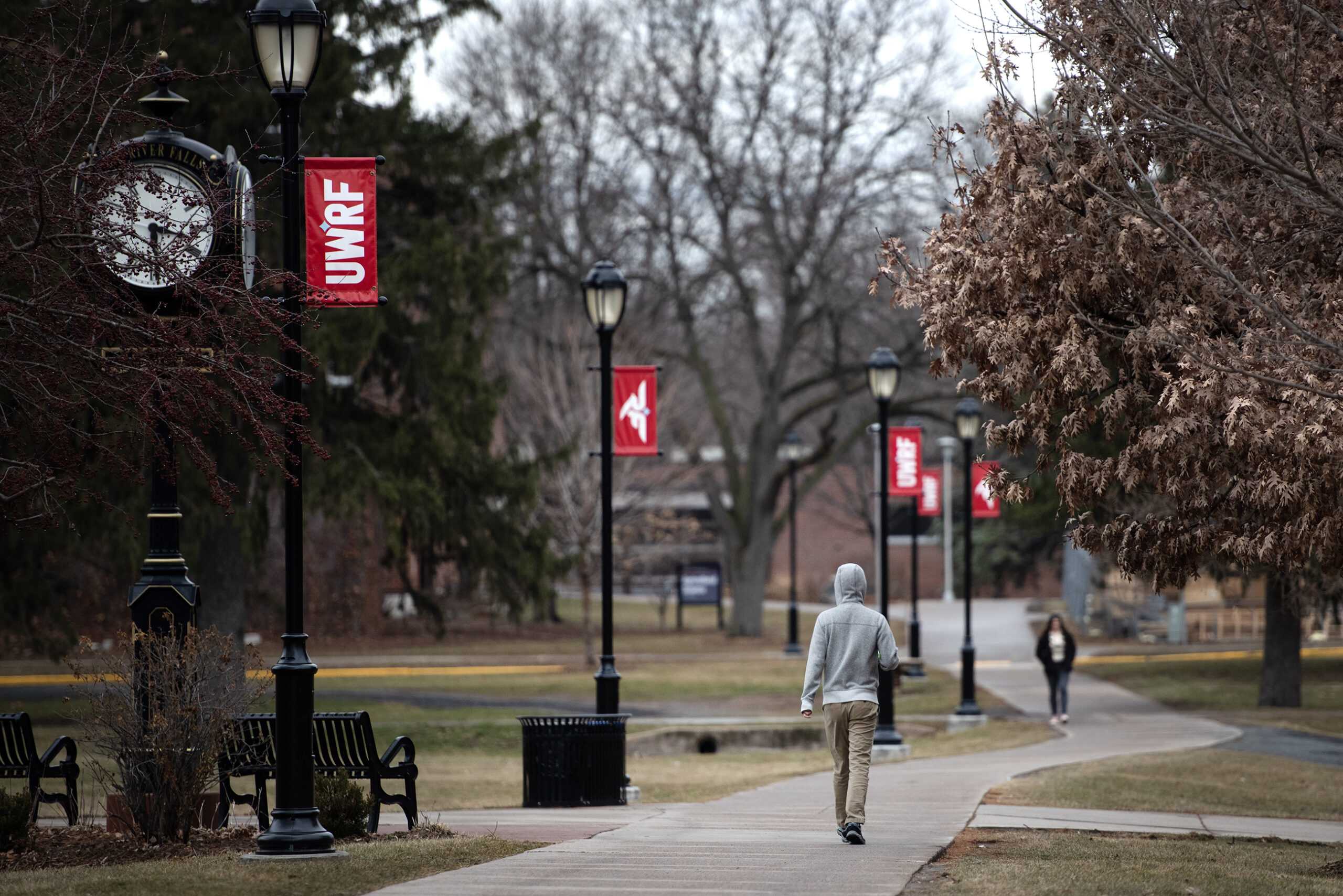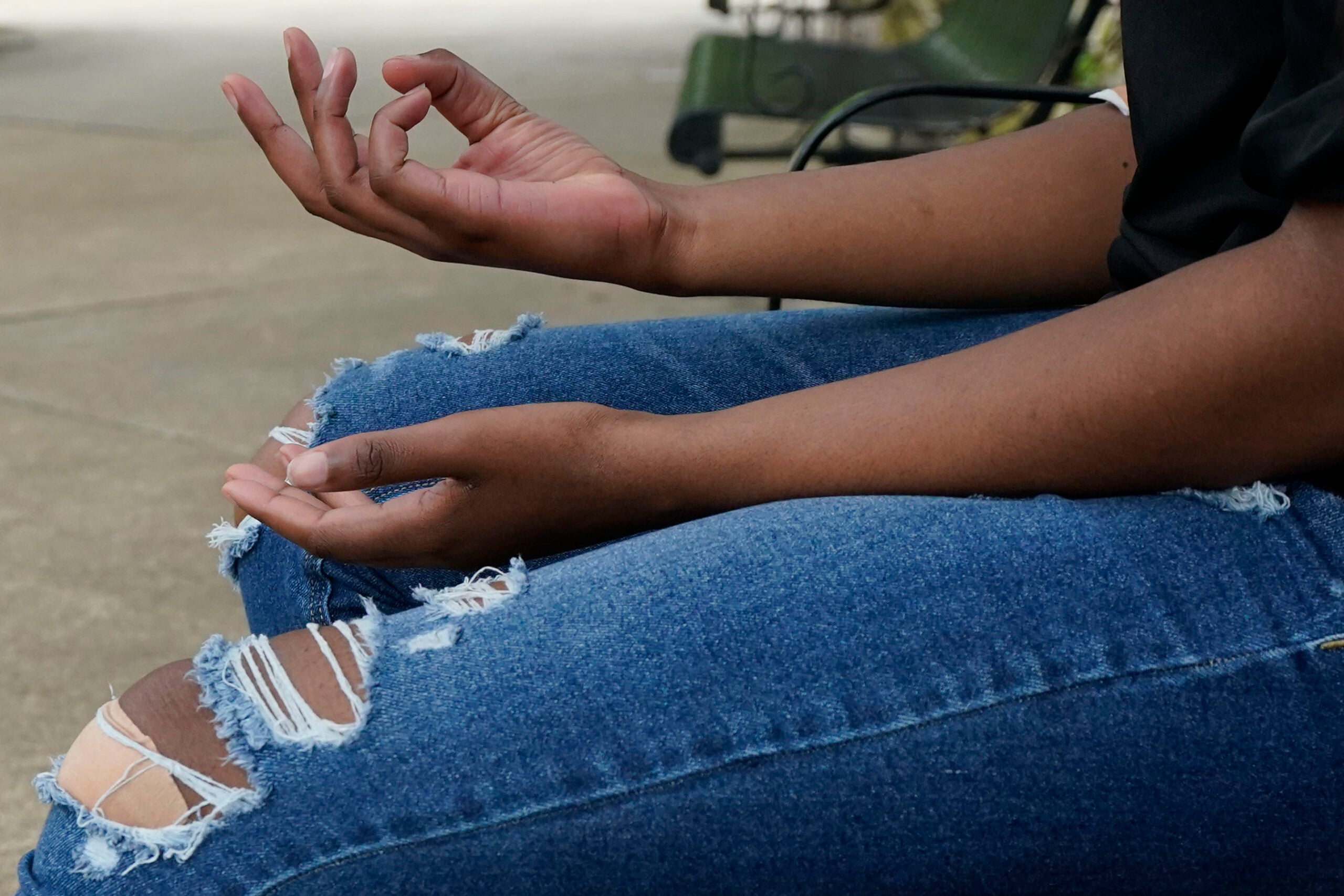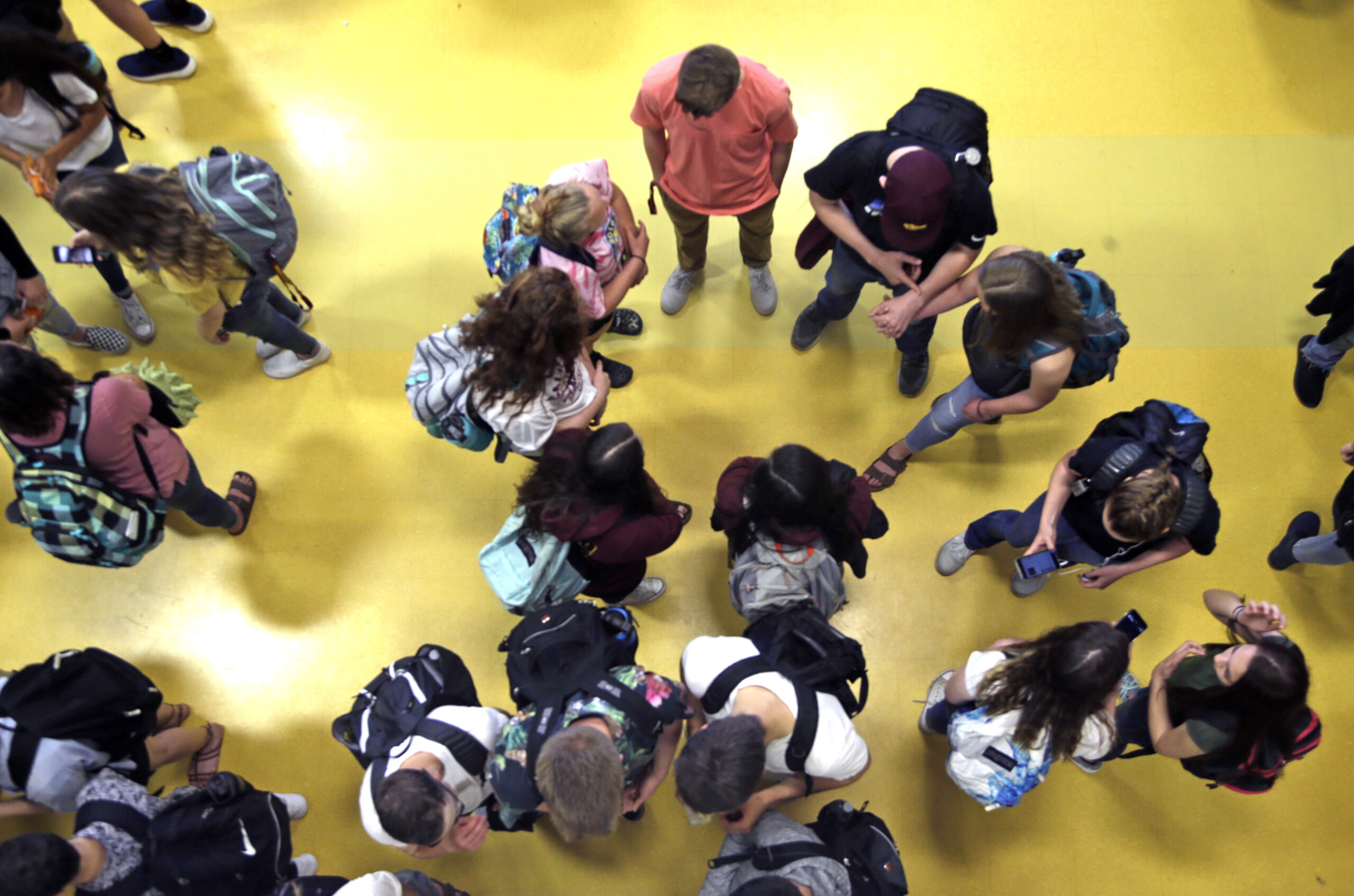A survey of Wisconsin’s high school students found more youth are suffering from depression and anxiety, while screen usage is continuing to rise.
The survey results come shortly after a United States Surgeon General advisory found that although social media has some benefits, “social media can also pose a risk of harm to the mental health and well-being of children and adolescents.”
The Wisconsin Department of Public Instruction released the summary report of their Youth Risk Behavior Survey Wednesday, while some resutls from the survey were released in December. The survey included 90 questions asked to over 1,800 high school students in 43 public, charter and alternative schools across the state in the fall of 2021.
Stay informed on the latest news
Sign up for WPR’s email newsletter.
The survey found that more than 1-in-2 students reported having anxiety — a 12 percent increase from 2017. The survey found that 1-in-3 students reported depression. It also found that 1-in-5 students reported non-suicidal self-harm.
Jess Frain, a school mental health consultant with DPI, said those numbers are “alarming and stark.”
“However, this is something, especially for those of us who work in schools or work in the field of mental health, we’re not as surprised by this — these numbers have been trending this way for a while now,” Frain said.
Dr. Jenny Walczak, the clinical director of mental and behavioral health for Children’s Wisconsin, also said the report wasn’t surprising to her.
“We know that there has been a mental health crisis for children brewing for many years, and so, the rates of depression increasing, anxiety remaining the No. 1 mental health concern for kiddos, isn’t surprising,” Walczak said.
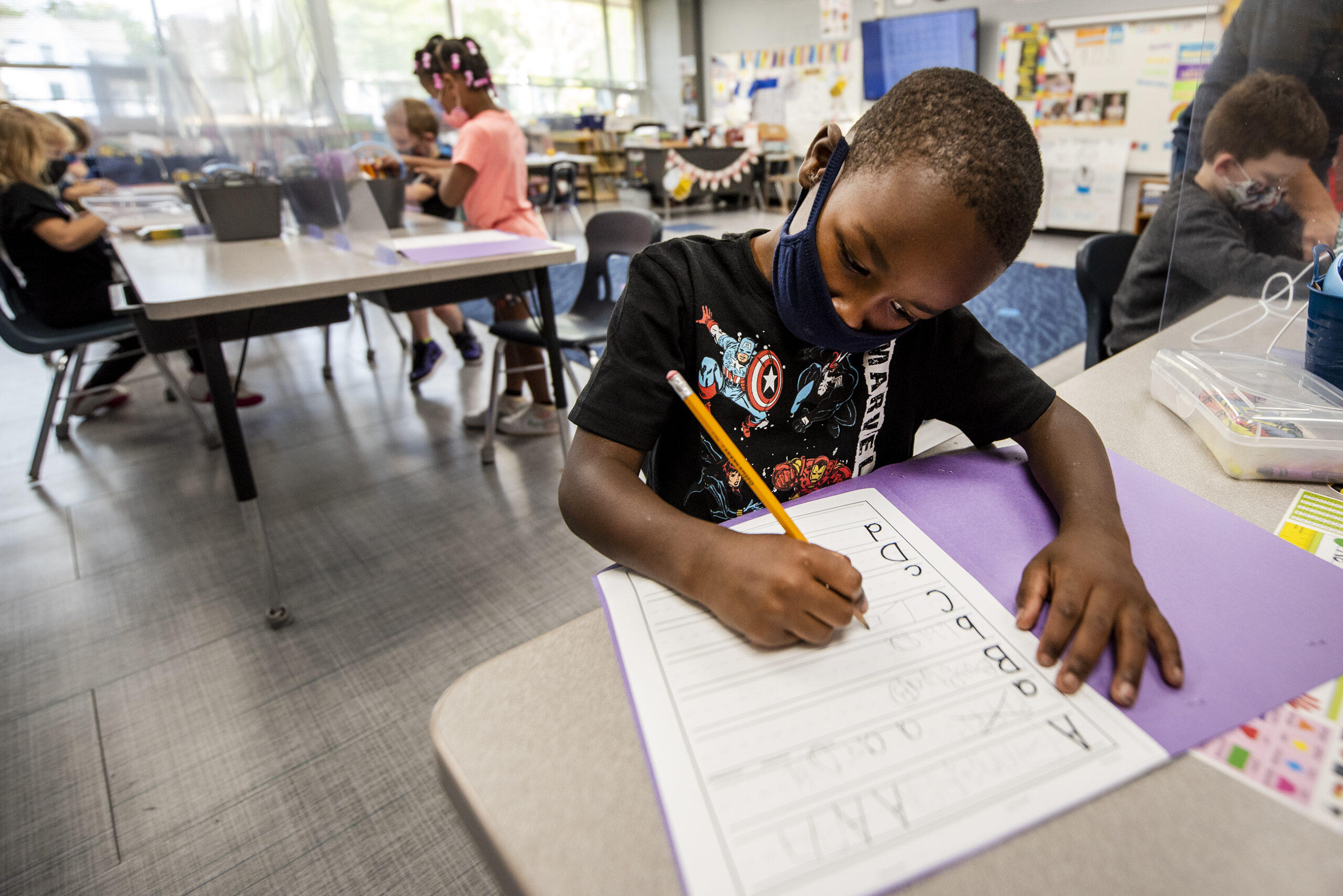
Walczak said the pressure for youth to compete academically and socially, a lack of mental health resources, an increase in screen time and social media usage and the impacts of the COVID-19 pandemic have led to continuing mental health concerns for youth across the state and nation.
Frain also said the pandemic interrupted daily routines for students.
“Experiencing a pandemic is absolutely going to exacerbate an already fragile situation for students,” Frain said.
Meanwhile, it’s unclear if support for mental health services in schools will receive more state funding as the Republican-led budget committee cut 38 items from Democratic Gov. Tony Evers’ proposed education budget, including more than $276 million for mental health services in schools.
Screen use increasing among youth
When it comes to screen use, 3-of-4 students reported three or more hours of recreational time in front of a TV, computer, smartphone or other electronic device each day. That doesn’t count time spent using devices for schoolwork.
More than half of students also reported using screens after midnight at least one school night per week. The survey found that although using screens after midnight, which is likely unsupervised by adults, is common for all groups, it’s more common for students who identify as LGBTQ+, students who are food insecure, those who have lived in four or more places, students of color, students with low grades, as well as students who are depressed, anxious and suicidal. Students with high levels of adult support, high grades and high stability are less likely to use screens after midnight, the survey found.
Walczak said more screen usage can expose children to information and content that isn’t appropriate for developing brains.
“Kids are spending a lot of time on screens, on social media, which means that it takes away from in-person time with families, with friends,” she said.

Fewer supports, more challenges for several groups
Overall, the report found there are fewer supports and more challenges for several groups, including females, students of color, students who have physical or mental disabilities, students facing food insecurity, LGBTQ+ students and students who have moved four or more times.
“A student who is not in any of these groups may still face significant challenges and need additional support. Conversely, a student who falls into one or more of the categories listed above can still thrive, especially in a supportive and responsive setting,” the report said.
Other findings in the report show decreases in smoking with traditional tobacco products, but an increase in vaping or electronic tobacco products.
DPI says the report can be used by state lawmakers and advocates when creating policy around the issue. Frain said moving forward, DPI is focused on building a more “sustainable, comprehensive approach” to supporting students.
“We know that most students who receive mental health support are receiving it at school, and so when we see this data, it’s really critical right now that we’re investing in our schools,” she said.
State Superintendent Dr. Jill Underly echoed those concerns.
“When I talk to parents, caregivers, and educators across the state, youth mental health is a primary concern, but it means something different when we hear it directly from the kids,” Underly said in a statement. “This data lays bare the youth mental health crisis in our state, and they do not have enough access to support at school. That is difficult to hear, but it is important information because we can do something about it — our legislative leaders can take action and budget significant funding for mental health supports in our schools.”
What can parents do?
Walczak urged parents to reach out to their children’s primary care doctor if they notice any warning signs.
“If there are changes in your child’s behavior — your child’s sleep, eating, they just seem off — that’s going to be a red flag for you as a parent that you want to dig a little bit deeper to find out what’s going on,” Walczak said.
When it comes to depression, she said parents can look for changes in eating habits, sleeping habits, their mood, if they seem unhappy or if they’re talking about feeling hopeless.
“There can really be a wide variety of symptomology for depression. It’s really that there’s changes in the way your child is acting and then, too, that those changes impact their functioning,” she said.
She also urged parents to be engaged.
“Having those regular conversations about friendships, emotions, how they’re feeling, mental health, are extremely important,” she said.
If you are struggling with thoughts of suicide, call 988 for the Suicide and Crisis Lifeline. You can also text HOPELINE to 741741 for the free and confidential Crisis Textline.
Wisconsin Public Radio, © Copyright 2025, Board of Regents of the University of Wisconsin System and Wisconsin Educational Communications Board.

